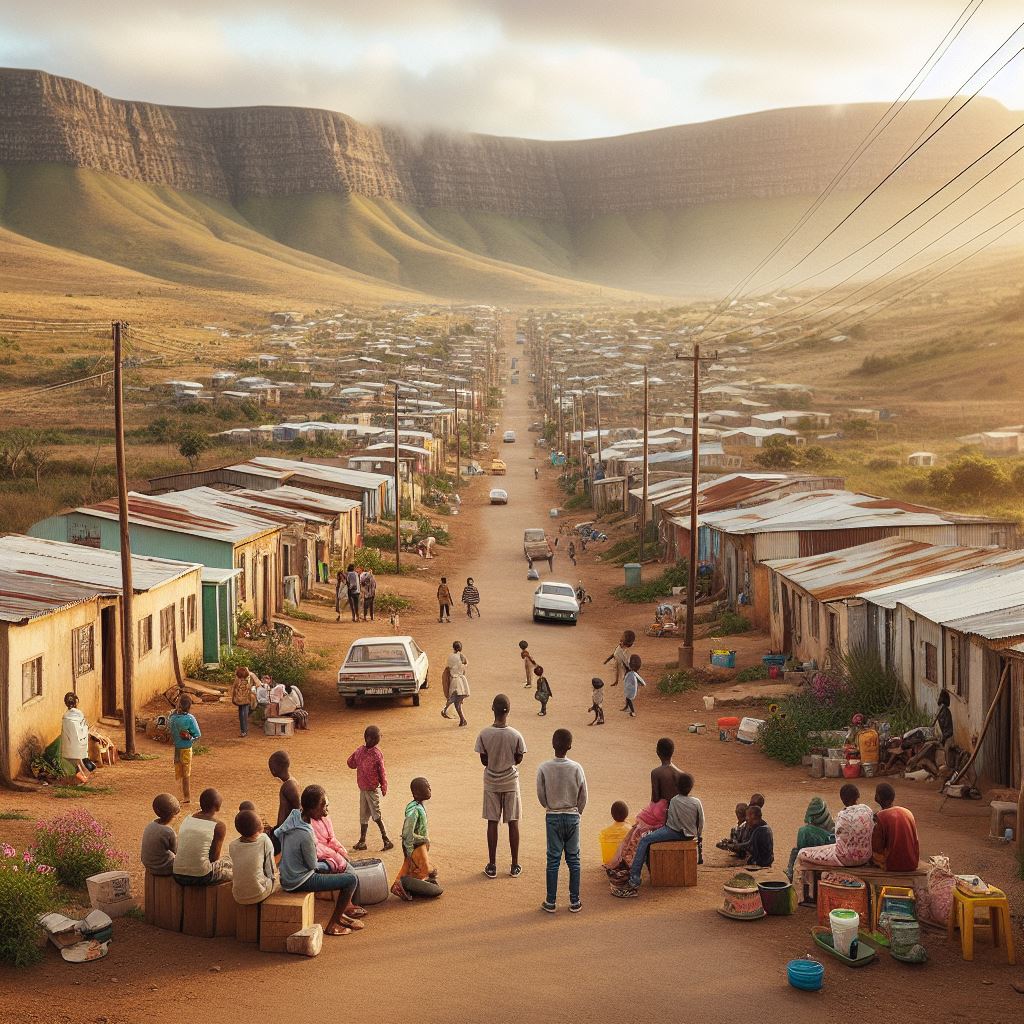Discrimination, deeply ingrained in societies worldwide, manifests in various forms and often stems from the communities in which individuals are raised. In the context of South Africa, a country marked by its complex history of racial segregation and inequality, communities can serve as both a source of support and a perpetuator of discrimination. This essay aims to explain four ways in which the community from which a child was raised may have become a source of discrimination in South Africa.

Historical Legacy of Apartheid
Segregation and Social Hierarchies
The apartheid regime, which lasted from 1948 to 1994, institutionalized racial segregation and discrimination in South Africa, creating distinct racial categories and allocating resources and opportunities based on race. Communities were deeply divided along racial lines, with each group subjected to different standards of living, education, and employment opportunities. The legacy of apartheid continues to shape communities in South Africa, with historical inequalities often perpetuated through social and economic structures.
Intergenerational Transmission of Prejudice
The apartheid era not only entrenched racial divisions but also perpetuated prejudiced attitudes and beliefs within communities. Children growing up in racially segregated communities were often exposed to discriminatory ideologies and practices from an early age, whether through overt messages of racial superiority or subtle forms of bias and stereotyping. As a result, these children internalized and perpetuated prejudiced beliefs, contributing to the perpetuation of discrimination within their communities across generations.
Socioeconomic Disparities
Economic Marginalization
Communities in South Africa are characterized by significant socioeconomic disparities, with wealth and opportunities unequally distributed along racial and class lines. Historically disadvantaged communities, primarily composed of Black South Africans, continue to face economic marginalization, limited access to quality education, employment opportunities, and basic services such as healthcare and housing. These economic disparities perpetuate cycles of poverty and inequality, further entrenching discrimination within communities.
Spatial Segregation and Access to Resources
Spatial segregation, a legacy of apartheid-era policies such as forced removals and the Group Areas Act, remains a prominent feature of South African communities. Residential areas are often segregated along racial and socioeconomic lines, with historically disadvantaged communities located in peripheral areas with limited access to essential services and infrastructure. As a result, residents of these communities face barriers to accessing quality education, healthcare, and employment opportunities, perpetuating systemic discrimination based on geographical location.
Cultural and Social Norms
Gender Inequality and Patriarchal Norms
South African communities, like many societies worldwide, grapple with gender inequality and patriarchal norms that perpetuate discrimination against women and girls. Traditional gender roles often dictate women’s subordinate status within families and communities, limiting their educational and economic opportunities and exposing them to various forms of violence and exploitation. These patriarchal norms contribute to the perpetuation of gender-based discrimination within communities, undermining women’s rights and perpetuating cycles of poverty and inequality.
Stigmatization of Marginalized Groups
Certain marginalized groups within South African communities, such as LGBTQ+ individuals, people living with disabilities, and migrants, face stigmatization and discrimination based on their identities. Homophobia, transphobia, ableism, and xenophobia are prevalent within communities, leading to exclusion, harassment, and violence against these groups. The stigmatization of marginalized communities not only perpetuates discrimination but also undermines efforts to promote inclusivity and social cohesion within society.
Conclusion
The community from which a child is raised plays a significant role in shaping their worldview, values, and attitudes towards others. In South Africa, historical legacies of apartheid, socioeconomic disparities, and cultural norms contribute to the perpetuation of discrimination within communities. Addressing discrimination requires a multifaceted approach that addresses structural inequalities, challenges prejudiced attitudes and beliefs, and promotes inclusive and equitable communities. By fostering environments that embrace diversity, promote social justice, and uphold human rights, South Africa can work towards creating communities where all individuals are valued and treated with dignity and respect.
